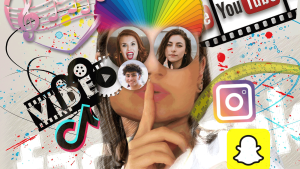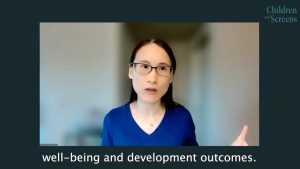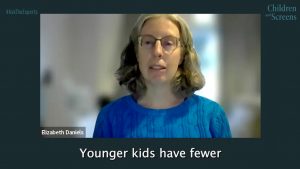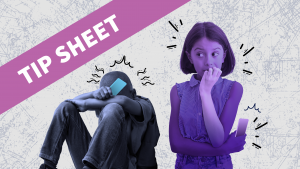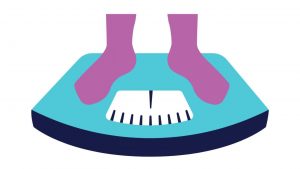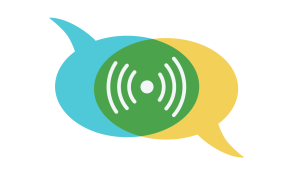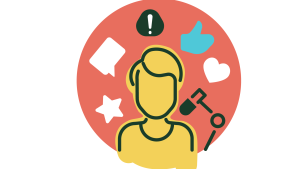
Experts agree that social media can be both harmful and beneficial to youth mental health. The benefits of social media are readily apparent but they include opportunities for social connections, maintaining and growing friendships, and expanding peer groups especially for marginalized youth. But the risks are real and warrant consideration in order to ensure that children derive the benefits and minimize the risks.
Breaking down the social media experience into distinct parts can help determine which features of modern social media platforms may be more likely to generate harm than benefit. These features intersect with developmental vulnerabilities of youth, creating unique risks. But which aspects of these platforms are the most harmful and why? The following is a brief summary of the available research.
Harmful Features of Social Media Platforms
Notifications
Social media alerts create anticipation for an unknown reward. Children are especially vulnerable to this anticipation because they are more sensitive to rewards than adults. They also lack impulse control. As a result, these alerts can lead to youth checking their phones more often, seeking the reward of a like or new content. They might also check these alerts to avoid feeling excluded from their friend group, a construct known as fear of missing out (FOMO). FOMO is the fear that important opportunities, afforded to one’s “friends” online, will be missed if social media is not closely monitored. This fear might drive excessive phone checking. It also makes it difficult for children to be “present” offline. Being “present” offline is important because it assists with social and psychological growth. Another problem with these alerts is that they can disrupt children’s sleep when received at night. Too little sleep can cause daytime tiredness, irritability, difficulty concentrating and can even lead to anxiety and depression.
Visual Appeal
Unlike traditional media, social media apps combine graphics with text, animation, and video. Filters, heavy editing, and modified lighting are the norm. Children are especially attracted to these visuals because they provide a lot of stimulation. While these visuals are fun, they can have a negative impact on kids’ mental health by making the offline world seem boring in comparison. As a result, children might be more likely to feel depressed or bored when they are offline. Too much time online also prevents youth from learning how to manage this boredom. Learning how to manage boredom is important because it can help protect children’s mental health.
Content Suggestions
Content suggestions can also be harmful to children’s mental health. These suggestions are generated by algorithms based on user data, starting with age and sex and honed further by what users search for or interact with. This means that users’ behavior influences what they see on their feed in the future. While these algorithms can introduce users to content they might enjoy, they can be problematic. This is because youth are curious and often search for things online that are unhealthy for them (e.g., suicide). Even “neutral” search terms, e.g., “diet”, can lead to unhealthy suggestions depending on what content engages them. All it takes is one search to direct a child’s feed down a never-ending path of shocking or distressing content. In some cases, these experiences have led to scenarios of self-harm or even suicide.
Likes and Follower Metrics
Social media metrics (e.g., likes) are another feature that can be harmful to children’s mental health. These metrics include content reactions and views, as well as follower counts. A problem with social media metrics is that, because kids might focus on gaining followers, their online relationships may feel transactional. As a result, youth with many online friends can still feel they lack social support. Failing to get likes and followers can also make children feel isolated or anxious. Because these metrics are often displayed as public numbers, kids may compare themselves to others and feel frustrated if their counts are lower.
Filters and Editing Tools
Filters are artificial intelligence tools that can alter someone’s face or body. They can also enhance a photo or change the background of it. While these tools can be entertaining, they can also be harmful to children’s mental health. Unlike adults, some kids lack the skills to think critically about photos they see online. Consequently, children might assume that a filtered photo is real. This lends itself to unreal social comparisons and can lead to “body dissatisfaction.” Children also lack the skills to manage their negative feelings when they encounter these situations. As a result, they may turn to unhealthy behaviors (e.g., unhealthy dieting) to feel better about themselves.
Actions to Protect Children Online
Changing these features is at odds with social media company profits. Consequently, government regulation might be the best option for protecting children online. The Kids Online Safety Act (KOSA) and Teens’ Online Privacy Protection Act (COPPA 2.0) are two bills that could accomplish this. Together, these bills would put measures into place to protect children online. For example, one aspect of these bills is restricting data collection from kids. Another is pushing social media companies to take measures to reduce harm to kids. These bills passed the Senate in July 2024 and are waiting for a decision in the House.
I believe it’s important not to figure out how we can get kids offline — I think social media is here to stay — but to figure out how to have the time spent online be more positive and values-aligned.

